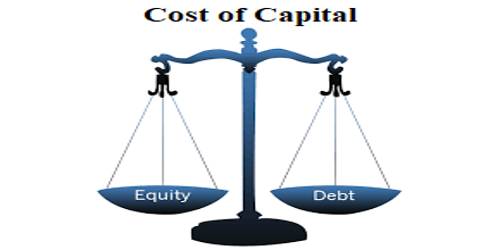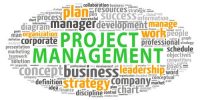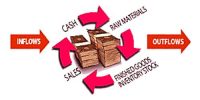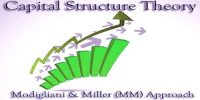The cost of capital or required rate for return a firm can be defined as the composite cost of the firm’s financing components. The cost of capital is the rate of return a firm must earn on its investments in the project in order to maintain the market value of its. It is the rate of return that could have been gained by putting the same money into a different investment with equal risk.
Components of cost capital:
(1) Debt: The case of debt is calculated the same whether it is, in any of several forms of bonds or bank loans. The features that distinguish one form of debt from another are primarily non-financial and we can analyze the cost of debt as if only one type existed.
(2) Preferred stock: The firm sells preferred stock to investors and compensates them in subsequent years by paying preferred dividends. These dividends are paid before common shareholders received payment. Preferred stock carries a stipulated dividend rate usually a percentage of the preferred’s per value.
(3) Common equity: The two sources of new equity capital are common stock and retained earnings.
- Common stock equity or external equity: It refers to proceeds from the sale of new common stock.
- Retained earnings or internal equity: It is the new equity funds raised within the firm by keeping a portion of current earnings. In effect, this source of equity is provided by the current stock owners in the form of foregone dividends.













